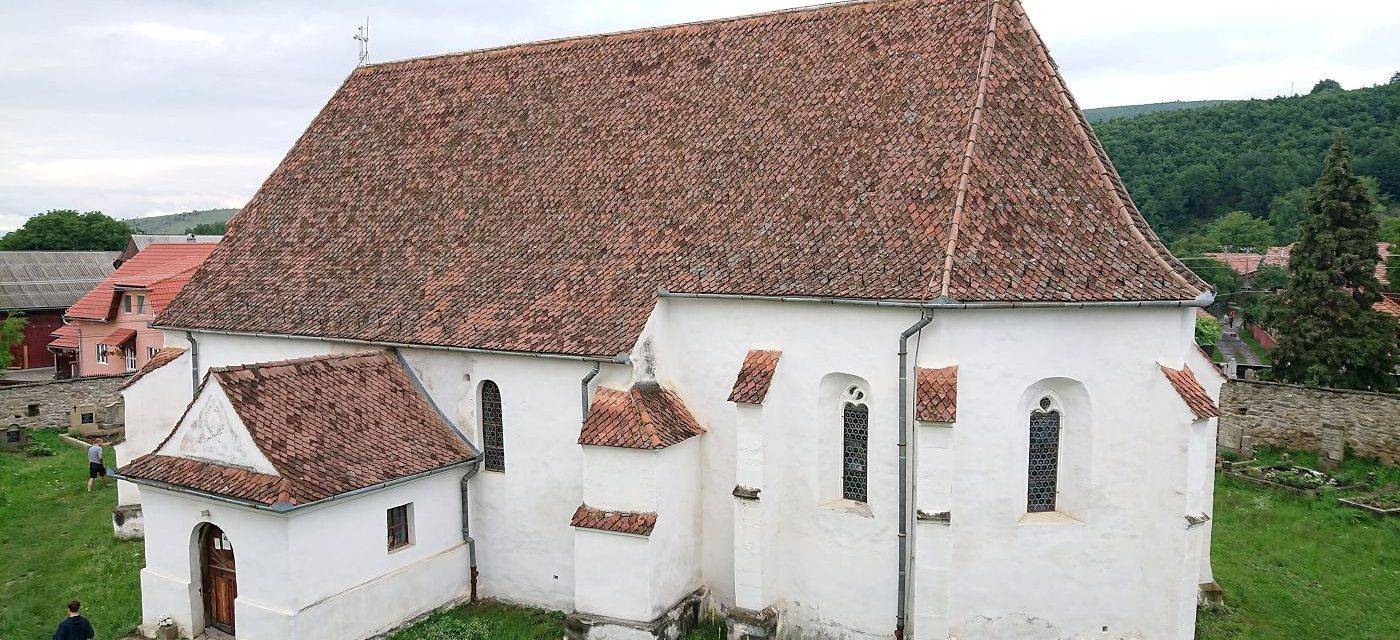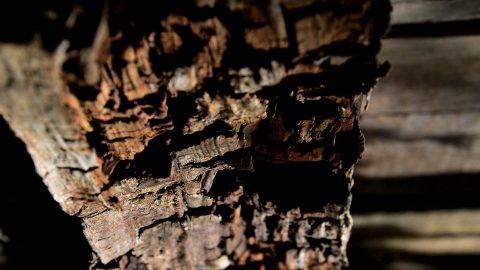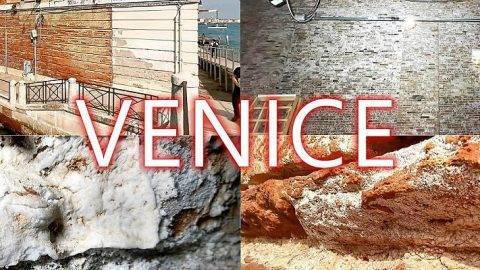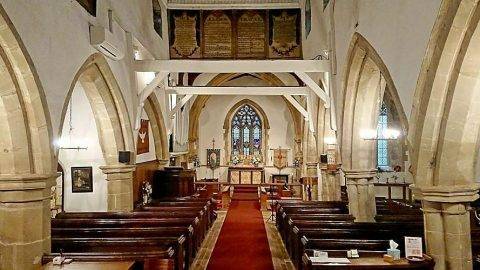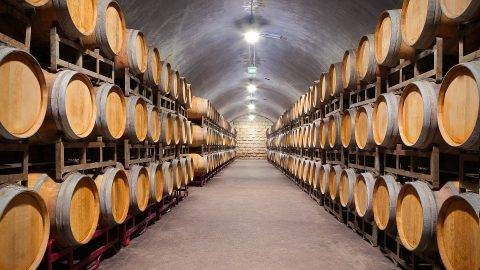Health consequences of living in a damp building, especially dampness related respiratory problems, are a…
Fortified Church of Ghelinta
I recently spent some of my holiday in Transylvania where I visited several old churches. Here is some information about the Fortified Church of Ghelinta.
History
Ghelinta, a tiny town in deepest Transylvania, is home to a church whose amazing interior wall paintings look almost as fresh as when they were first put there, six or seven centuries ago. What’s more amazing is that these frescoes had been entirely forgotten for untold years until being rediscovered in 1882, thus saving the whole building from scheduled demolition.
The church is dedicated to St Imre, a Hungarian prince who died young, in 1031, before he could inherit the king’s throne. But it’s another Hungarian royal, a king named Laszlo I, who is the subject of some of the finest paintings inside.
The church is a 13th century construction, though it went through several modifications in ensuing centuries. It’s surrounded by a protective wall with its main gate passing through a bell tower. An 1802 earthquake damaged the building, and in 1858 it stopped operating as a church because it seemed in danger of collapsing.
Built in Roman style, the old building of the Roman Catholic Church in the village of Ghelinta was enlarged in the fifteenth century, but the frescoes made in the early fourteenth century were kept inside the building. In 1628, the coffered ceiling was painted in Renaissance style.
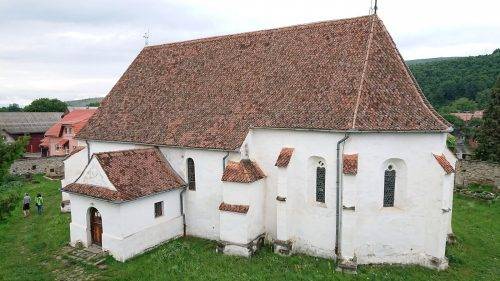
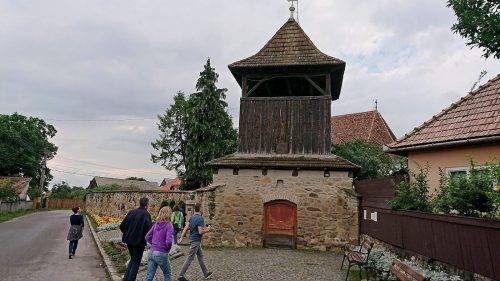
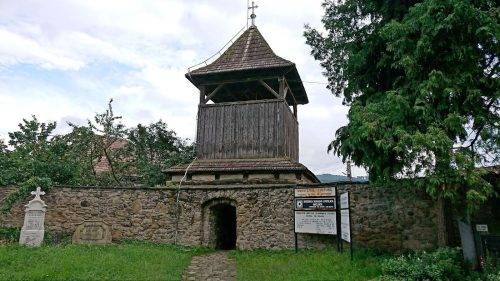
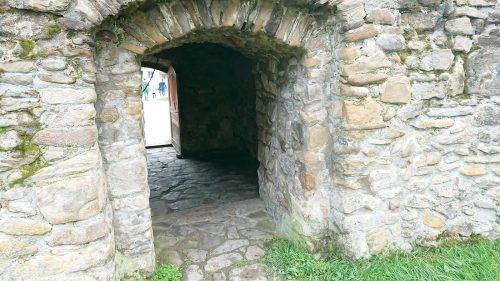
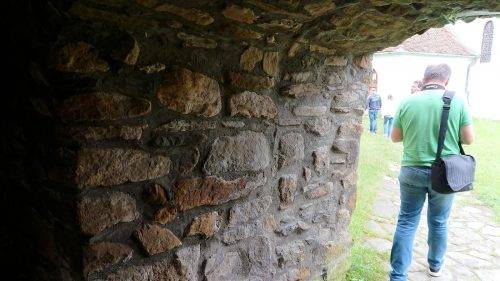
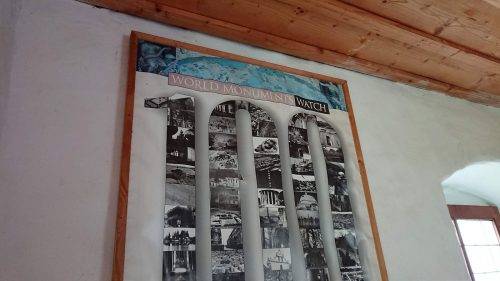
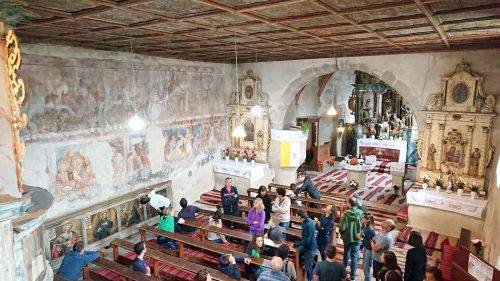
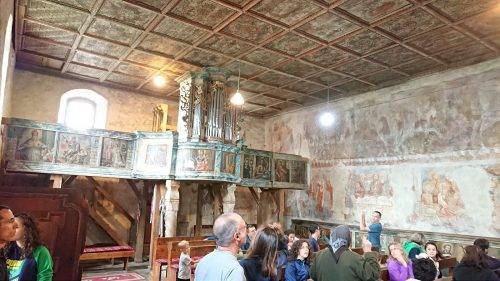
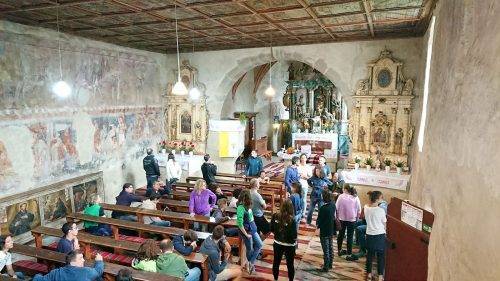
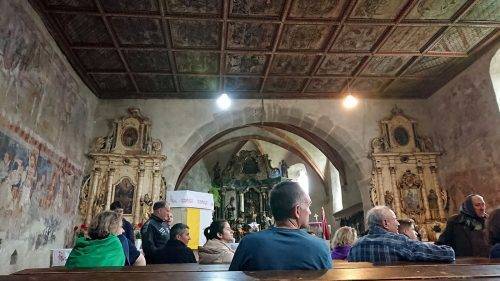
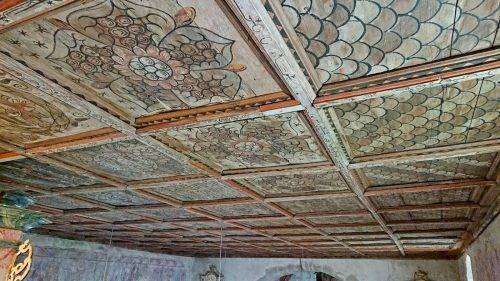
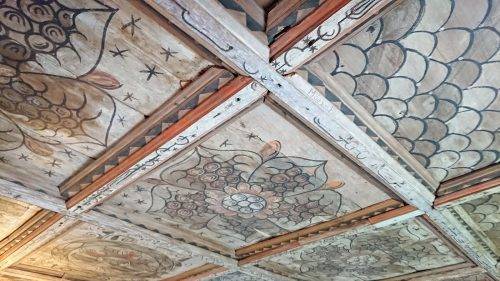
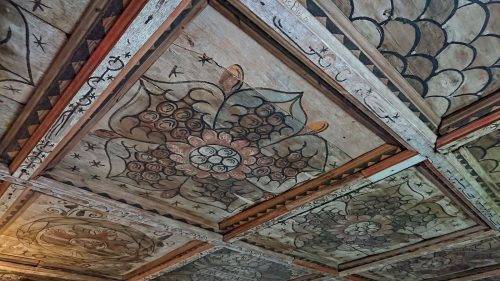
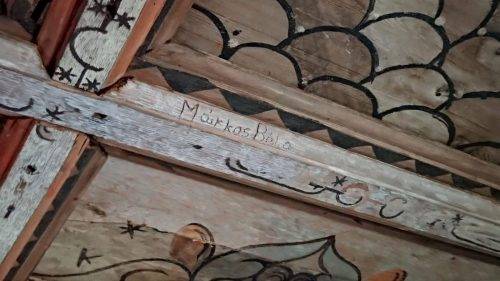
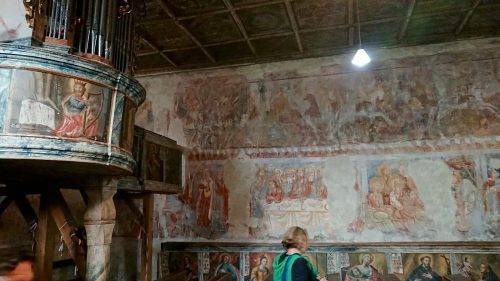
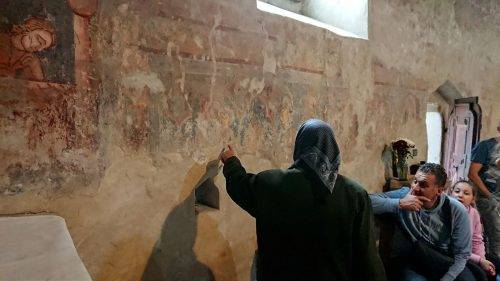
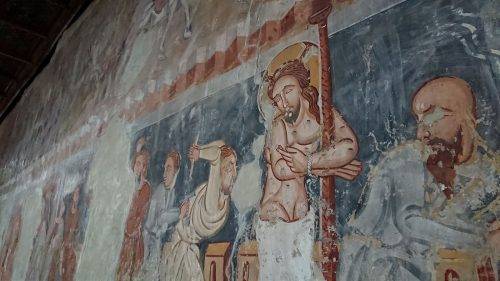
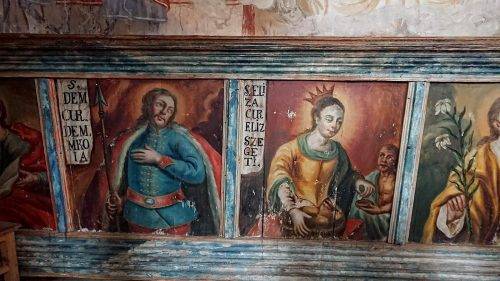
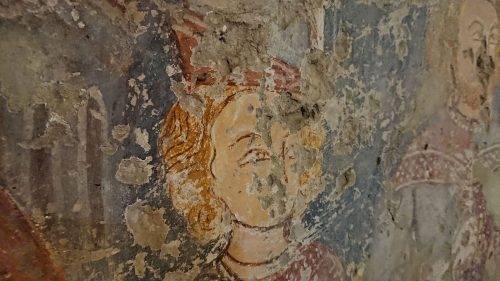
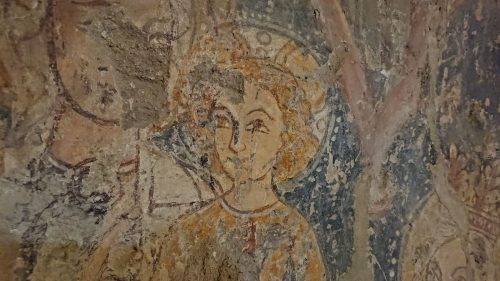
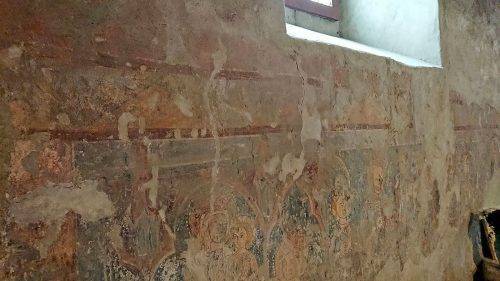
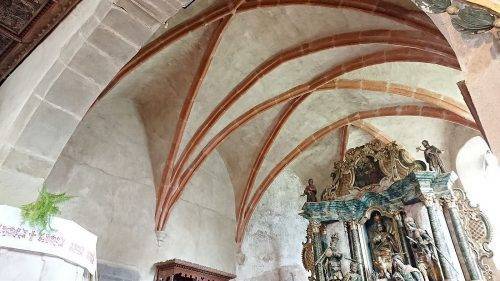
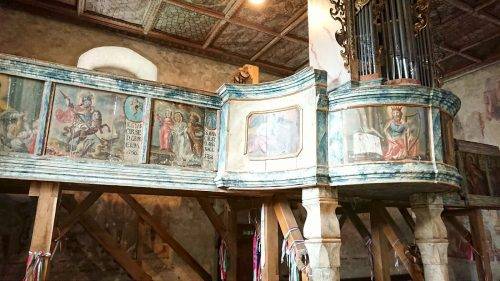
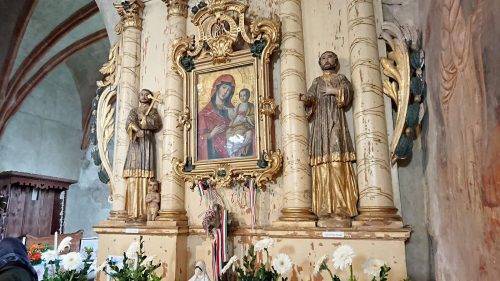
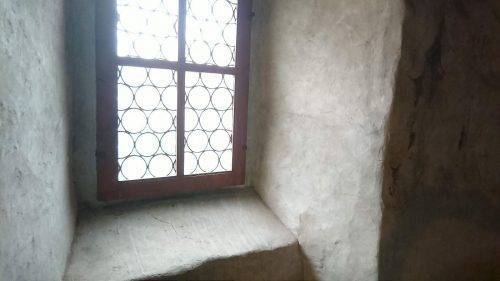
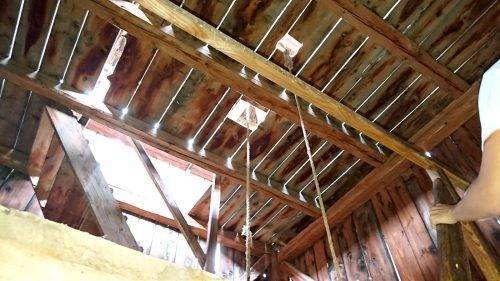
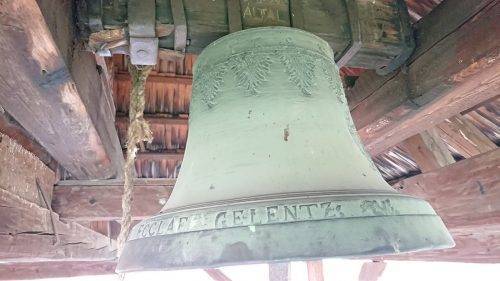
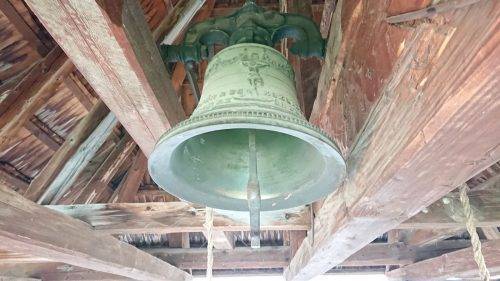
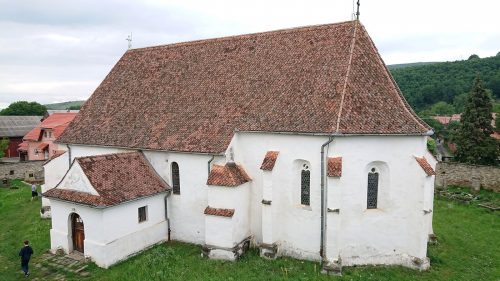
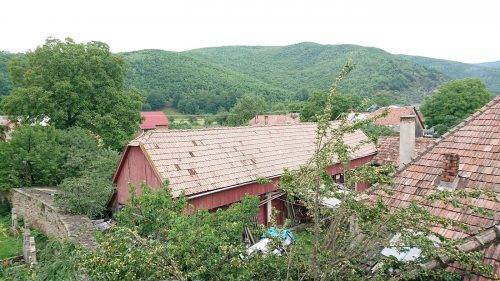
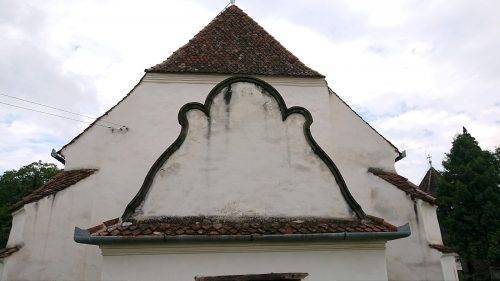
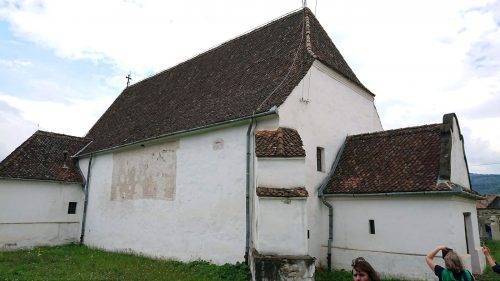
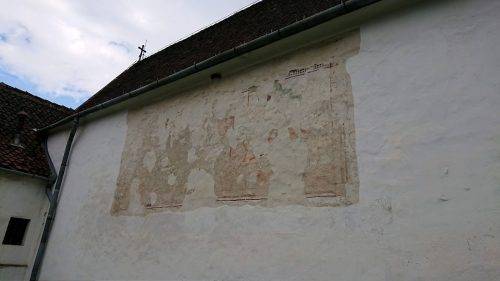
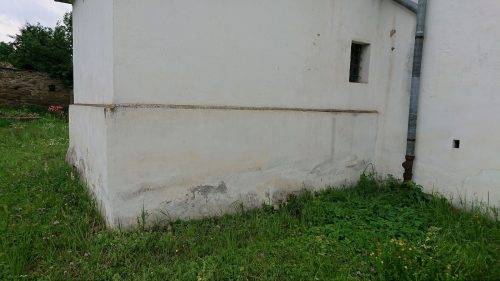
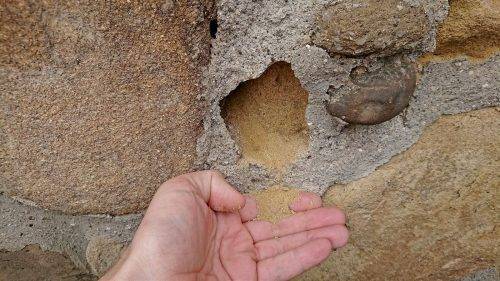
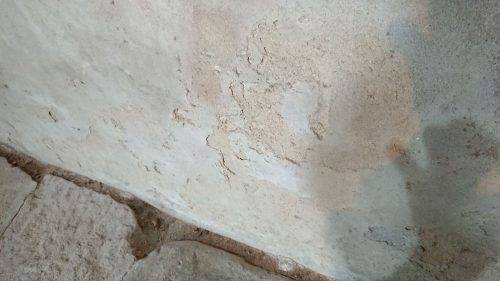
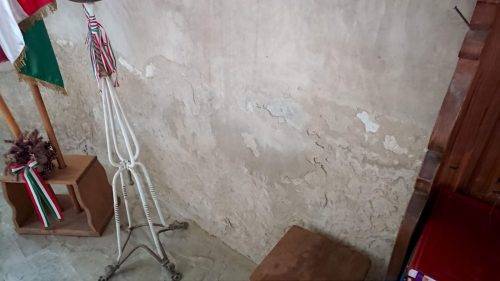
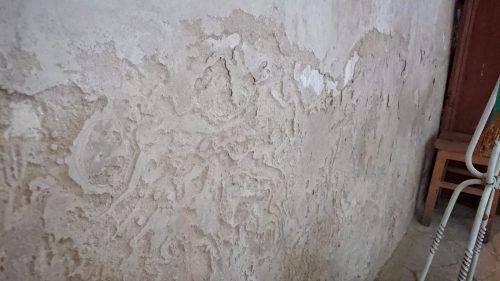
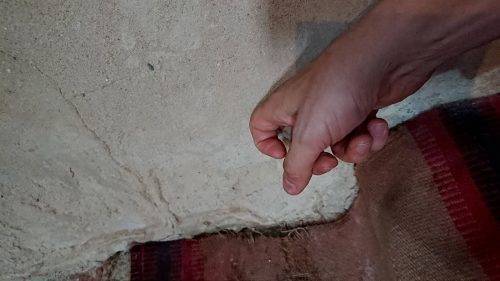
The Frescoes
The frescoes on three walls of the building (the north, the west and the south) represent an unique wealth of the church. Dating from 1330 - 1340, the various scenes are depicting moments of the legend of St. Ladislau. Under the fresco row of St. Ladislau there is another frescoes row that contains elements of the legend of St. Ecaterina of Alexandria. The church is included in UNESCO world patrimony.
Two horizontal series of pictures adorn the church’s north interior wall. The upper one of these, dating from roughly 1330, depicts a legend from Laszlo’s time as ruler and defender of the Hungarian kingdom, of which this area used to be a part. He was celebrated, among other things, for repelling an attempted invasion by a nomadic warlike people named the Cumans during the 1080s. In these pictures, he is seen catching and punishing a Cuman who kidnapped a young Hungarian woman and galloped away with her on horseback. Laszlo can be seen stabbing the Cuman with a sword. He then encourages the woman to push the Cuman from the horse. Next, the two men are seen wrestling. In the final frame, Laszlo grabs the Cuman’s hair and the woman holds a sword and smites him.
Right below his pictures is another series of paintings which date from 1419. They show the more famous story of the Passion – the successive stages Jesus is supposed to have gone through, from his Last Supper, via his judgment by Pontius Pilate, to his Crucifixion.

